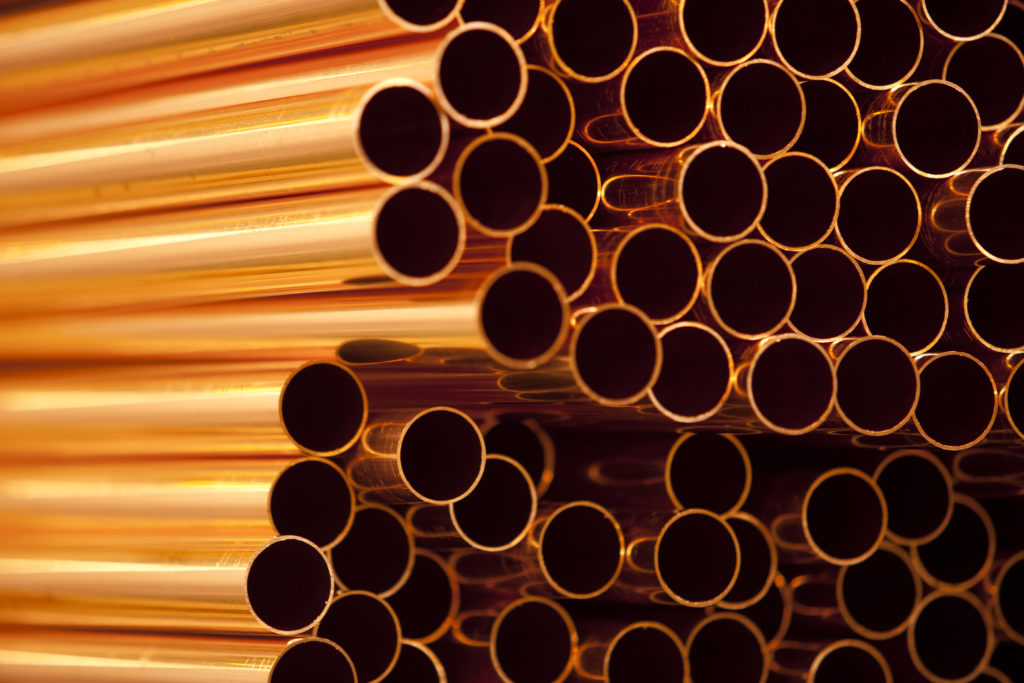Generally no-even after centuries under soil-but there are some underground situations where it can, including:
- abnormally aggressive soils
- localized and long-line-type concentration cells created by differences in soil composition
- the action of stray direct currents (DC) flowing in the ground
- faulty design and workmanship
- certain conditions created by alternating currents (AC)
- thermogaivanic effects
- galvanic action involving dissimilar materials
The Most Important Are:
Abnormally Aggressive Soils
Corrosion is often associated with a combination of elevated sulfate or chloride content in the soil in conjunction with poor drainage.
Localized and Long-Line-Type Concentration Cells
There are at least three types of electrochemical concentration cells that cause corrosion to a metal or alloy because of differences in the environment. These include oxygen, neutral-salt, and hydrogen-ion cells.
Stray Direct Currents
Stray current corrosion or interference, too often erroneously referred to as “electrolysis,” can occur on underground copper water tubes when uncontrolled direct currents exist in the area.
Identifying the Corrosion Problem Without Excavation
Close-interval surveys of tube-to-soil potential can often be used to predict those areas where active corrosion of underground copper is taking place.
Mitigating the Underground Corrosion of Copper
The underground corrosion of copper can be effectively mitigated by a number of techniques. These include:
- cathodic protection,
- improved drainage,
- avoidance of nonhomogeneous and cinder backfills,
- judicious use of selective nonaggressive backfills,
- proper system design and industry standard workmanship, and
- mitigation of any stray-current corrosion.
More detail: https://www.copper.org/resources/properties/protection/underground.html
